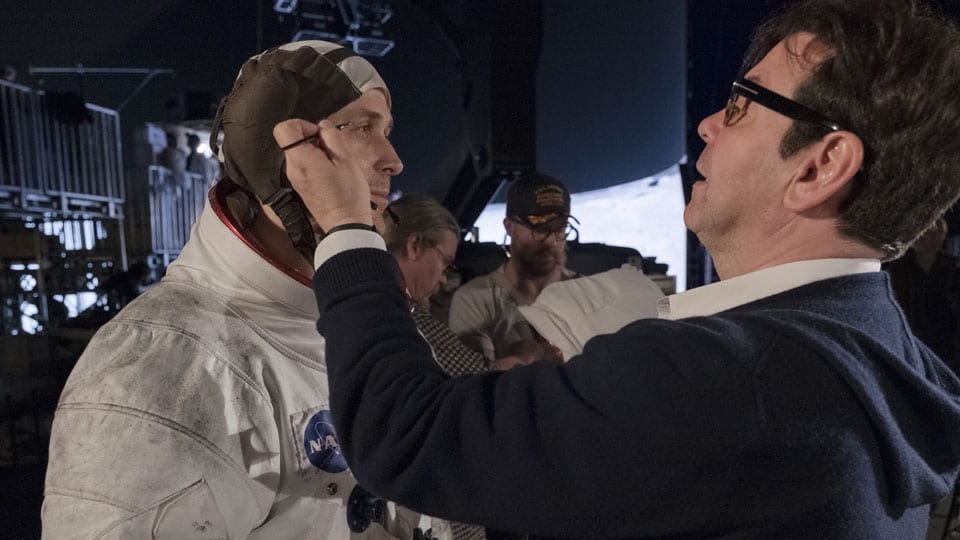
Oscar-nominated director of photography Darius Khondji A.S.C., A.F.C. has become Woody Allen’s new go-to cinematographer in a list of celebrated lensers that includes Gordon Willis and Vilmos Zsigmond. Khondji filmed Midnight in Paris, the director’s latest movie and his biggest box-office hit ever and recently finished photographing Nero Fiddled, Allen’s first film shot in Rome, currently in postproduction. In 2003 he first teamed with Allen on Anything Else.
“Working with Woody is always a surprise,” said the DP (who was nominated for an Oscar for his Evita cinematography). “Just when we think we are going to do things the same, he comes up with a new idea about how to make the scene better and it’s very exciting to follow his thoughts as he imagines things differently.”
Midnight in Paris is about a wannabe writer who travels to the City of Lights and finds himself magically transported back to the 1920s when Paris was the intellectual and artistic capital of the world. It was also the stomping ground for the likes of Ernest Hemingway, F. Scott Fitzgerald, Pablo Picasso and Gertrude Stein, who all appear as characters in the film.
There are two distinct visual looks to Midnight, and creating them was Khondji’s major challenge. The first was contemporary Paris, captured at the start of the film in a breathtakingly beautiful montage of the city’s best-known monuments, squares, bridges and streets – and in later contemporary scenes. The second was the ’20s period, suffused with a glowing nostalgia. There are also brief scenes taking place in Toulouse Lautrec’s late 19th century Paris and at the court of Louis XIV – each with distinctive in-camera looks.

The DP used Kodak stock film and changed the processing according to the time frame. “I used older Cooke lenses and longer focal lengths for the period look and the newest, most modern Cooke lenses for today’s look,” he explains. Khodanji also employed more camera movement to follow the actors in the contemporary settings. The golden aura, the hallmark of the period scenes, was created by the use of dispersed pinpoint lights. “We diffused the light and gelled it much warmer than the rest of the film, and had more backlight,” he said.
Each day of a shoot with Allen starts with a detailed discussion between the DP and the director about the scenes scheduled for filming that day. ”Woody usually gets new ideas when he views the set or the location and we then talk about how we want to block the scene,” says Khondji. Allen then talks to the actors about the scene, often followed by a rehearsal. “Most important is setting the distance of the camera, deciding how close we need to be,” said the DP. “I always feel the scenes are themselves like characters and Woody needs to know if the way to approach them is right or not.”
Khondji, 56, was born in Tehran and went to film school in New York City. He was nominated for an Oscar for his cinematography for Evita directed by Alan Parker. He has worked with many other notable directors including Jean-Pierre Jeunet on Delicatessen and The City of Lost Children; David Fincher on Sev7en and Panic Room; Bernardo Bertolucci on Stealing Beauty; Roman Polanski on The Ninth Gate, and Kar Wai Wong on My Blueberry Nights.





